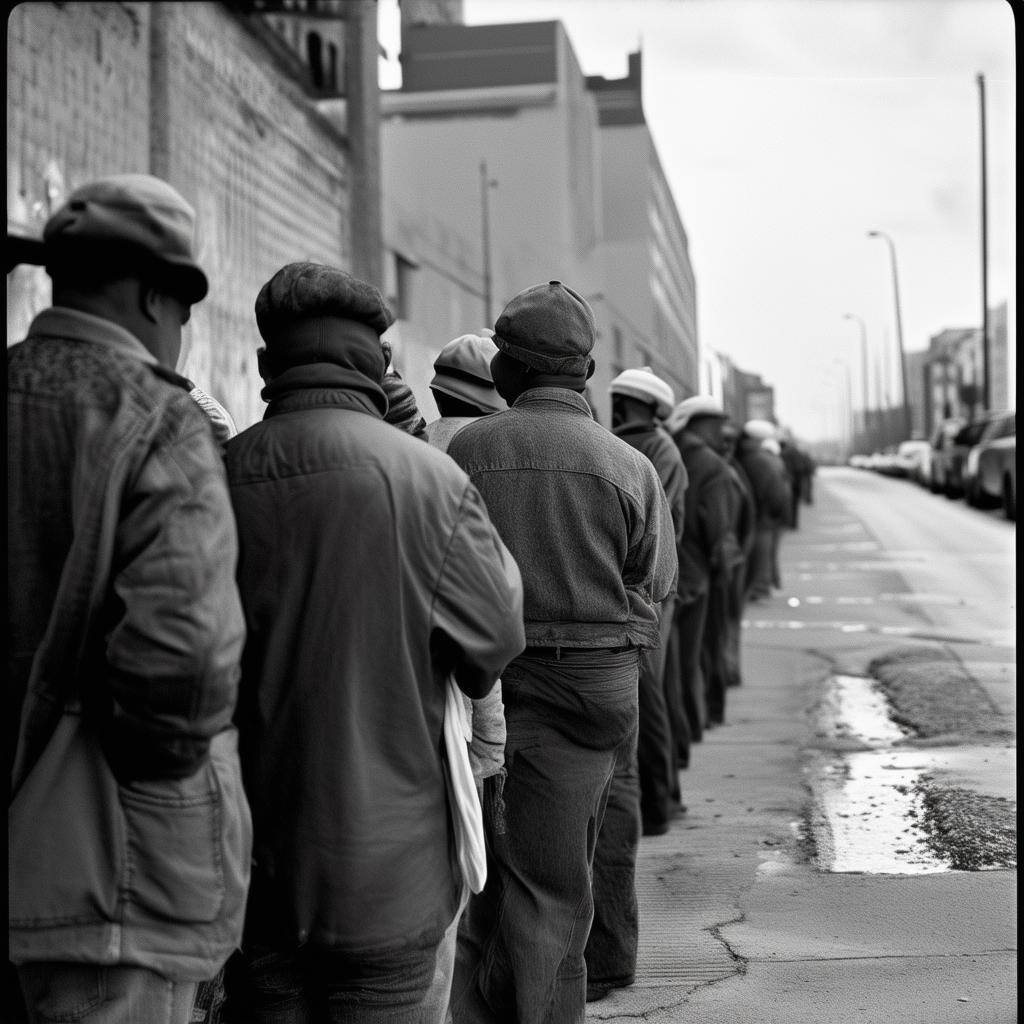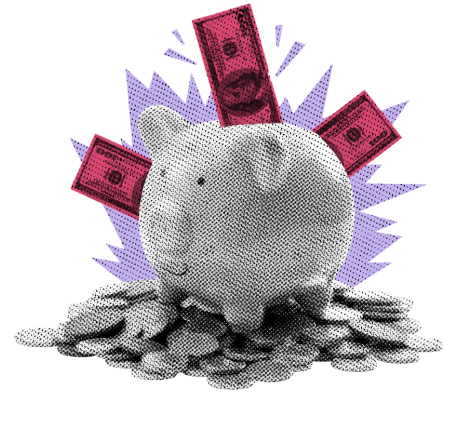
Stocks declined yesterday as traders await today’s big, monthly employment data dump. Services PMI came in above economists’ estimates, surprising only… the economists.
Will work for food. Ok, I have to start this note out with a bit of news that happened WHILE YOU SLEPT. The Longshoreman, who have been on strike these past few days, have agreed to get back to work on the docks while a deal is hammered out… if a deal is hammered out before January 15th. Apparently, some progress was made between the union and US Maritime Association. That is great news, but it will be overshadowed by the monthly employment numbers from the Bureau of Labor Statistics, due out this morning… possibly WHILE YOU ARE STILL SLEEPING. On that…
The health of the labor market is always important, always looming large over the first Friday of each month. At the moment, it is at heightened importance for two reasons. First, because the Fed, the custodian of your portfolio’s health, will use it to determine the path of its upcoming rate cuts. Second, because… well, you need a job to get a salary, to pay for important things like food and rent. If that job is in jeopardy, you may stop spending money… um, consuming. Yours and my spending makes up 2/3 of the US Economy. That’s right, the so-called "soft landing” that everyone, including my dog at this point, is so keen on seeing.
So, with that bunch of flowery writing, I hopefully drove home the point that the health of the economy is tied closely to the health of the labor market. How healthy is the labor market? Well, the short answer is, not as healthy as it was, say, a year ago. Its declining health is likely why the Fed chose to cut rates by -50 basis points rather than a more conservative -25 basis-points earlier this month. With that cut, which marked the Feds “official” pivot, the market turned its attention to keeping the economy healthy, or more importantly, out of a recession.
You may recall a few months back that some smart economist unearthed the Sahm Rule as a potential indicator of recession. Perhaps everyone got tired of the inverted yield curve predicting a recession, so we all needed something new to keep us on edge. Regardless, the Sahm Rule is named after Claudia Sahm, a former Fed Economist who noted that a recession can be predicted if the moving average of the employment rate exceeds the 12-month low unemployment rate by 50 basis points or more. It was accurate at predicting recessions since the 1970s which makes it pretty… er, groovy, to use the vernacular of the ‘70s. Well, the Sahm Rule was, indeed triggered a few months ago. There was fanfare, and I am pretty sure I wrote about it, but then… nothing. No more mentions and no recession… yet.
In preparation for this morning's number, I ran through my extensive list of items that may lead to some big surprises in today’s release, and somewhere near the bottom of the list was “check Sahm Rule.” It was probably added to the list like 6 months ago, a little before it got on everyone else’s radar. So, here is a chart, the result of my “check Sahm Rule” exercise. Please do so then follow me to the finish.

This chart shows the 3-month Unemployment Rate Moving Average (blue line), the 12-month Unemployment Rate Minimum / Low (red line), and the difference between the two (green bar). Remember that the rule is triggered when the difference is 50 basis points or more. Looking at the green bars, we note that the difference clearly hit the rule’s threshold in June and has remained their through last month’s release. So, will this morning’s release also land in the “recession zone,” which only makes the case for economic decline stronger? This morning’s release is expected to come in at 4.2%, same as last month. If it does, the rule would still be in the trigger zone. So, what would it take to get us OUT of the trigger zone. To prove to you that algebra is useful (don’t worry, I did the math so you don't have to) I calculated that it would take an Unemployment Rate release of 4.07% to get us out of the zone. Basically, anything less than 4.1%.
Why do all this math and charting when we know that a rule is only as good as its last successful prediction? Well, as you have probably learned by now, knowing more is better than knowing less when it comes to investing. We can’t say for sure that a recession is coming based on the Sahm Rule trigger, but we can surely say that the Unemployment Rate is, or at least, has been an important factor in determining economic health. [chuckling] We probably don’t need the Sahm Rule to know this. So, pay attention to this morning's release and leave the math up to me!
YESTERDAY'S MARKETS

NEXT UP
- Change in Nonfarm Payrolls (September) is expected to show a +150k gain in jobs after last month’s +142% increase.
- Unemployment Rate (September) may have remained at 4.2.
- Fed speakers today: Williams and Goolsbee.
- Next week marks the start of earnings season. Additionally, we will get FOMC Meeting Minutes, CPI, PPI, and University of Michigan Sentiment, all with the potential to move markets, so check back in on Monday and pick up your weekly economic and earnings calendars.
.png)

